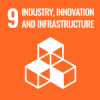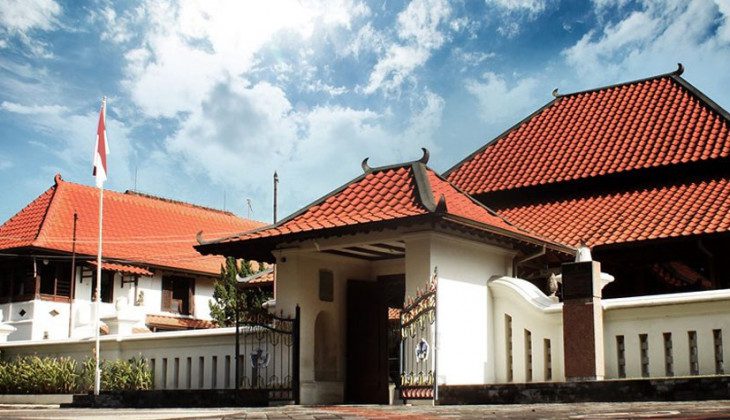In the industrial era 4.0, the existence of museums does not seem to be a concern for millennials. The latest study results show that in 2020 – 2035, the millennial generation is the largest portion of the communities to become the target market.
“What needs to be done is how to make these millennials interested in visiting museums,” said Dr. Ayu Helena Cornellia., BA., MBA, lecturer at STP AMPTA Yogyakarta, on Tuesday night (15/12) while speaking on the online discussion with the theme Museum in Yogyakarta: Promotion Problems and Solutions.
The research results she conducted in 2018 showed several obstacles in the development of museums as tourist destinations. Among them is museum management that has not been maximized in its management and has never recruited special staff in public relations or marketing.
The management is not optimal, Ayu said, is more about limited funds or budget for conducting marketing communications. Likewise, not a few of the museum managers do not have a passion for human resources; thus, they often seem less friendly.
“The mindset is still product-oriented, not yet consumer-oriented. It is important considering that Indonesia’s largest target market today is the millennial generation,” she said.
In an online discussion organized by the Tourism Studies Program, UGM Graduate School, Ayu said that in 2018 there were still 10 percent of museums with unclear status, so it is very reasonable that they don’t have any marketing plans yet.
Therefore, according to her, it is essential to create a marketing model. This marketing model is primarily related to government policy.
“Nevertheless, this time, I will focus on marketing strategies, namely integrated marketing communication or promotions, because, in this digital era, if you want to be recognized, you must be able to promote positively,” she said.
Ayu said that the various businesses, both for-profit and non-profit, should be equipped with public relations planning because everyone can update properly in the current era through social media.
Even so, she said, there must be a balance between what is promoted and what is on social media. So, do not let what is posted on social media does not match the actual reality.
“So, if we have tourist destinations, museums, or attractions, we can do that. That is our goal so that the museum becomes an enjoyment. It can also make the museum a co-working space; thus, millennials are more interested in studying at the museum than studying at the cafe,” he added.
Ayu said that the Sonobudoyo museum was recently named a beautiful museum because of its content on Instagram. Netizens widely see these contents, and the Sonobudoyo museum can convey personal branding well.
“That is why activating and improving social media can be key. Museums do not have to imitate other museums, but it is about their characters. They can be improved and recognized by others. The existence of a website is a must. Hold special events regularly so that people are happier to visit the museum,” she explained.
As the reviewer, Drs. John Soeprihanto., MM., Ph.D., agreed that the current effort is to attract the millennial generation to visit the museum because the millennial generation is the future market.
Source: https://ugm.ac.id/id/berita/20503-media-sosial-kunci-pengembangan-museum-era-industri-4-0



